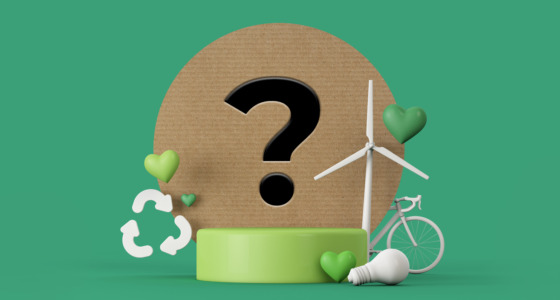

India is a diverse and rapidly growing economy. Several factors contribute to its economic success, including a large population, a young workforce, and abundant natural resources. The country’s vast size and variety also offer significant opportunities for businesses to expand and invest. A few decades ago, India was primarily an agrarian economy. The services sector had a minimal contribution to the Indian GDP. At present, the service sector contributes the most to the Indian economy making up over 50% of the GDP. This article briefly discusses the features of the Indian economy.
History of economic development in India
After India gained independence in 1947, the government focused on a centrally planned economy. The government placed great emphasis on the development of heavy industries. In addition, the government used to heavily regulate economic activities.
After 1991, India went through a phase of economic liberalization. The government encouraged the growth of the private sector. At present, India has largely transitioned to a mixed economy. The private and public sectors co-exist and compete with each other.

At present, the government is attempting to make India a more attractive destination for foreign investment. To this end, they have implemented several reforms, making it easier to start and do business in India, improving infrastructure, and increasing access to capital.
The economic condition of India in 2022
The Indian economy is the world’s sixth-largest economy by GDP and the third-largest by purchasing power parity. India has become one of the world’s fastest-growing major economies, with an annual growth rate above 7% over the past three decades. However, despite this strong growth, India’s per capita income remains low, at just $1,962 in 2021.

What are the features of the Indian economy?
The dominance of the service sector in India
The service sector is the Indian economy’s largest sector. It accounts for roughly 50% of the GDP. The services sector is characterized by high labor productivity. At present, financial services and information technology are some of the major industries in India. Over the last few decades, India has transitioned from a primary sector economy to a services-oriented economy.
Agriculture is still the largest employer
Despite the growth of the service sector, the Indian economy is still structured around agriculture. However, this sector’s contribution to the Indian economy has declined over the years. The dependence on agriculture can be both a blessing and a curse. There are many employment opportunities in agriculture. But the economy is vulnerable to shocks in the agricultural sector.
Expansion of the manufacturing sector
The manufacturing sector is another important contributor to the Indian economy. The country is known for textiles, chemicals, pharmaceuticals, and engineering products. India is also a leading exporter of gems and jewelry. The country has seen increased foreign investment in recent years, particularly in joint ventures and strategic alliances in this sector. At present, pharmaceuticals and petrochemicals are some of the top industries in India.
Population pressure, low per capita income, and inequality
India is the second-most populous country in the world. At present, there are almost 1.4 billion people in the country. The Indian economy has been historically characterized by its low per capita income. In some parts of the country, the per capita income is as low as $300. In addition, the rapid growth of the Indian economy has not been inclusive. It has not led to sufficient reductions in poverty and unemployment.
Growth of the middle class
Another significant feature of the Indian economy has been the rise of the middle class over the past 70 years. As incomes have grown, more people can afford automobiles, appliances, and travel. This growing middle class is expected to spur economic growth in the country.
Rise in entrepreneurship
India has also seen a rise in entrepreneurship in recent years. Various reform measures adopted by the government have made it easier for people to start businesses. It is also due to young people preferring to create their own businesses rather than working for someone else.
Future of the Indian economy
Since its independence in 1947, the Indian economy has been characterized by a mixed bag of successes and failures. The country is home to some of the world’s fastest-growing industries. It has a sizable middle class with significant purchasing power.
However, even in 2022, the current economic situation in India is affected by high levels of poverty and unemployment, acute infrastructure deficiencies, and a large informal economy. The Indian economy is thus at a critical juncture. It needs to find ways to sustain its high growth rate while addressing these challenges.








